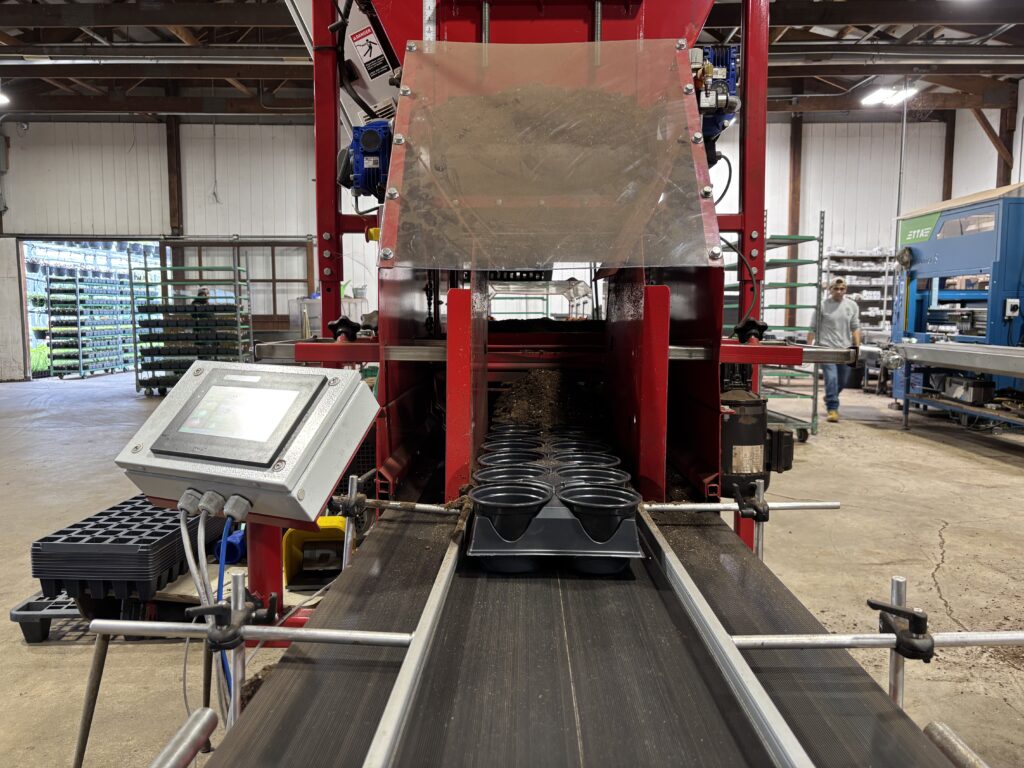5 Misconceptions about Growing
by Brian Cantin, Grower advisor
Greenhouse visits, conference seminars, trade shows and the Internet are all good tools for obtaining information, but one has to remember that many times the presentations are crop-specific or refer to “ideal conditions” that may not fit into your production plan. When gathering information from any of the top venues, if we don’t ask the right questions or request clarification on specific points, we are quite often left with partial bits of information that can eventually create misunderstandings. In this month’s article, I would like to review some of the more common fallacies I come across during greenhouse visits. I will expand on such misconceptions involving mixes and substrates, misconceptions regarding the efficacy of chemicals, misconceptions about watering practices, misconceptions about controlled release fertilisers (CRFs) and, last but not least, misconceptions about water pH and its effect on soil pH.
Fallacy no1
All Mixes Are the Same
Contrary to this assumption, a good mix must provide the proper balance of different pore sizes to ensure both water retention and air movement. Pore size affects available water, initial drainage and sufficient water distribution. This balance between aeration and water retention is directly related to the types of ingredients and their proportions in the mix. A particle size distribution that provides an adequate balance of air and water is crucial.
Fallacy no2
Pesticides & Fungicides Are as Effective as They Are Made out to Be
When pest and disease issues persist despite a barrage of chemicals, it is time to assess your pest management programs as well as your application methods. Properly identify and understand the life cycle of the pest in question. Understand the product being applied: During which stage of the life cycle is it effective? Read the label carefully, paying particular attention to precautionary notes, phytotoxicity warnings and cautions regarding tank mixing. Maintain spray and application equipment, especially nozzle orifice size; due to the abrasiveness of wettable powder formulations, the orifice size can increase, thus affecting the size distribution of spray particles. Finally, choose the right time of the day to apply each chemical and target the proper part of the plant.
Fallacy no3
My Watering Practices Are Sufficient
Remember that watering habits are critical to the success of any crop: they should take into account your media choice and its aeration and drainage properties. Plants thrive on oxygen in the root zone and respond negatively to too much water in the soil. If the chosen mix is too tight, water does not drain quickly enough and excess water quickly begins to kill the fine root hairs near the bottom of the container. The longer the soil remains wet, the larger the diameter of the roots killed.

Fallacy no4
CRFs Are Unpredictable
As I explained above for other chemicals, most often it is not so much a question of unpredictability as it is a lack of full understanding of the product. Controlled release fertilizers are designed to release small amounts of nutrients over an extended period of time; the rate of release is based on a specific soil temperature. Temperatures below or above the designed control temperature will definitely have an effect on the actual rate of nutrient release. When in doubt, contact the sales representatives of the product you wish to use to gain a better understanding of the product and how it works.
Fallacy no5
High Water pH Increases Soil pH
Take the time to understand the difference between “high pH” and “high alkalinity”. Alkalinity refers to the capacity of water to resist a change in pH. The main components of water alkalinity are carbonates (CO32¯), bicarbonates (HCO3ˉ) and soluble hydroxide (OH¯). These components react with hydrogen ions (H+) and prevent them from lowering the pH of the media. High alkalinity exerts the greatest effects on the pH of growth media and on plant fertility. On the other hand, pH is a measure of the acidity or basicity of a solution, based on the altering effects that the carbonates found in the water have on the media.
In conclusion, when you are attempting improve your production practices by gathering new information, be sure to ask the right questions rather than leaving with only partial information. Many of my mentors and professors used to remind me often that “no question is a stupid question”!

